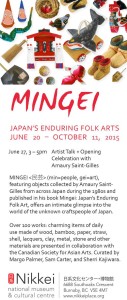 When I received this invitation via Facebook from Sam Carter, Emeritus Professor at Emily Carr U I imagined that ‘Mingei’ would feature lots of fine ceramics as well as other ‘folk art’ from Japan.
When I received this invitation via Facebook from Sam Carter, Emeritus Professor at Emily Carr U I imagined that ‘Mingei’ would feature lots of fine ceramics as well as other ‘folk art’ from Japan.
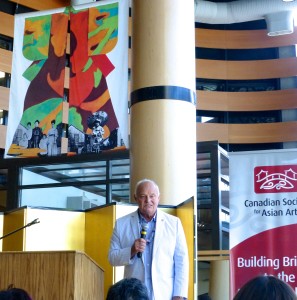

The show ‘Mingei: Japan’s Enduring Folk Arts’ opened on Saturday afternoon at Burnaby’s Nikkei National Museum and Cultural Centre. I had never found this little Japanese enclave of museum, retirement home, community centre and restaurant before. On a desperately hot day I found my way over there and joined a fairly large audience in the elegant air-conditioned centre, passing a group of white-clad lawn bowlers on my way in.
We heard introductions from the curators Margo Palmer, Sherri Kajiwara and Sam Carter. Then Sam introduced collector Amaury Saint-Gilles who had collected these and many more Mingei items during the thirty years he lived in Japan. He left in 1990 and now lives in Hawaii but had flown here for the opening of this show.
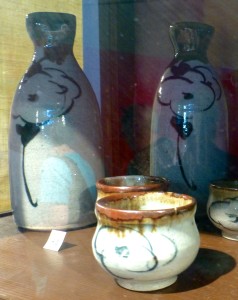
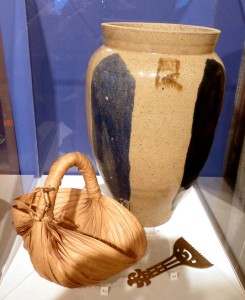
Amaury regaled us with some explanations of the origins of the Mingei genre of craft, explaining that all these originally affordable dolls, toys, pots and decorations were made by generations of craftspeople, and were never signed. They were always considered functional, either for daily use or as symbols of good fortune and were often purchased by travelling men to bring home to their wives.
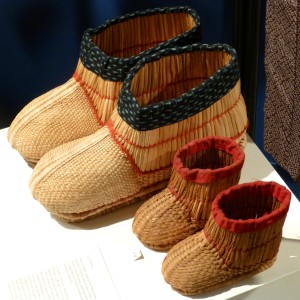
Many of these craftspeople are now gone, with no descendants to continue their craft – but Amaury suggests that different items have taken their place in the market. Other craftspeople, the master potters who became National Living Treasures for instance, achieved fame and their work is no longer affordable but does remain unsigned. He told us a fine anecdote about travelling to Mashiko to look for bowls by Shoji Hamada, illustrating the original purpose of Hamada pots.
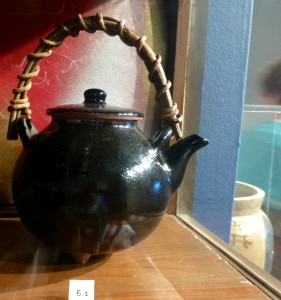
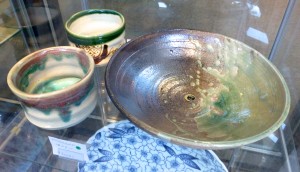
After the brief talk we were invited to enjoy the historic collection. I was surprised not to see any fellow potters in the audience, but was also disappointed not to find many Mingei pots in the show. I took quite a few photos of the items in the display cases and enjoyed the variety and humour of these toys and decorations. It was interesting to note that the Nikkei Cultural Centre’s gift shop offers a similar selection of gifts, but contemporary. 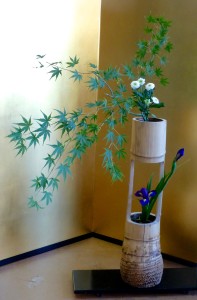
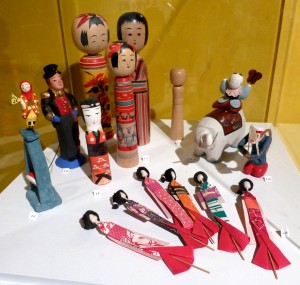
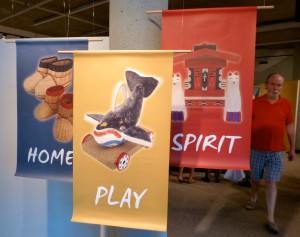
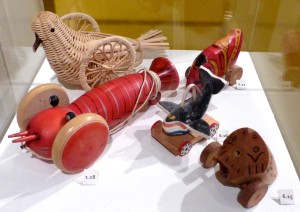
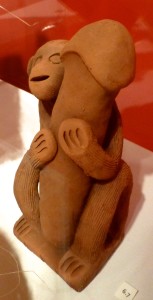
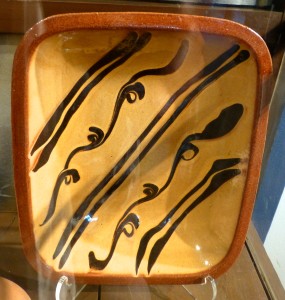
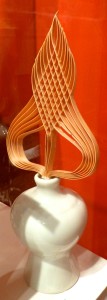
There were sushi treats, fruit and green tea for refreshment and ikebana arrangements as decoration. The show will remain in place until October 11th so if you find yourself in the neighbourhood of Kingsway and Sperling do pop in to enjoy the collection of older Mingei knick-knacks. The beautifully designed building itself is well worth a visit.
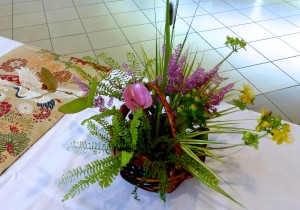

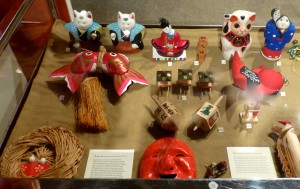
Loved the blog and photos, thanks Gillian! I remember with great fondness and respect the amazing ikebana and traditional Japanese tea ceremony shared with me!